If you’ve ever looked into masks and respirators, you’ve probably encountered some terminology you don’t understand. It’s okay; every industry has their jargon. With masks, you’re most commonly going to see classifications such as N95, N99, and N100. What do they mean, and how to they matter?
NIOSH and OSHA
To understand this terminology, you first need a bit of a history lesson.
First comes NIOSH. NIOSH is the National Institute for Occupational Safety and Health. It was founded as part of the Occupational Safety and Health Act, signed into law by Nixon in 1970.
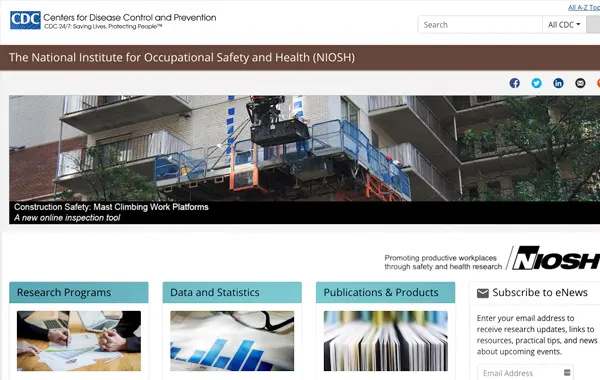
You’ve probably heard of OSHA before, the Occupational Health and Safety Administration. NIOSH and OSHA are two sides of the same coin; they are different organizations, but they were both founded with the same act, and they work together to tackle the problem of workplace hazards.
OSHA works more with practical, on-site safety issues. That’s why you hear about them so much; they’re the ones that go out and cite businesses for violations, shut down worksites until safety is improved, and so on.
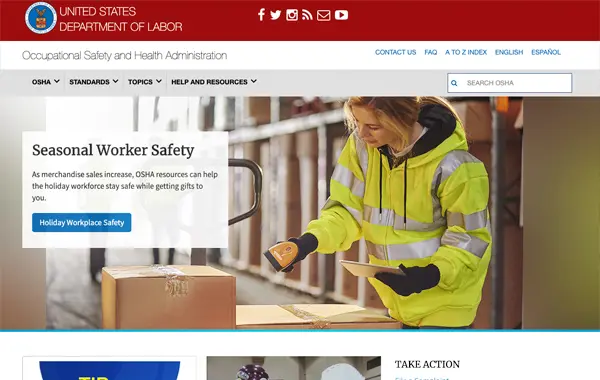
NIOSH, meanwhile, is a part of the Centers for Disease Control and Prevention, or CDC. They tend to work more on the research and health side of things. That’s why they’re relevant for masks and respirators; they care about things like air pollution and environmental hazards and safety.
NIOSH does the behind the scenes work to figure out what is harming workers, and OSHA does the legwork to apply their findings as safety regulations.
NIOSH Mask Classifications
Now we get to masks and respirators. NIOSH is relevant here because they are the organization that sets the standards for each classification and performs the tests to certify different kinds of respirators and masks as they are produced.
There are two different classifications for respirators; the letter and the number. Each mask can be N, R, or P, and each mask can be 95, 99, or 100. Any combination of letter and number is valid for a particular kind of respirator.

One thing to note is the difference between respirators and masks. Masks can range anywhere from the little paper things you buy by the 100s for protection from dust, all the way up to low-end particulate filters and soft, comfortable cloth-based masks. The key element that makes them masks rather than respirators is that they don’t have an air-tight seal against the face.
In order for a mask to be certified by NIOSH and given a letter/number rating, it has to have an airtight seal. After all, if you’re trying to filter out a dangerous chemical, particulate, or smoke, if the mask isn’t air-tight, that particulate can still get in around the mask. Therefore, for workplace safety and hazardous chemical handling, an air-tight seal is required. This certification makes it a respirator.
The important piece of information to note about letters is how they relate to oil. Yes, oil.
Oil and fat-based particulates are very small and “slippery”, for lack of a better term. They are often capable of penetrating filters that non-oil particulates cannot, even when those particulates are small. These include everything from certain hazardous chemicals to viruses like SARS, which has a lipid (fat) shell around it.
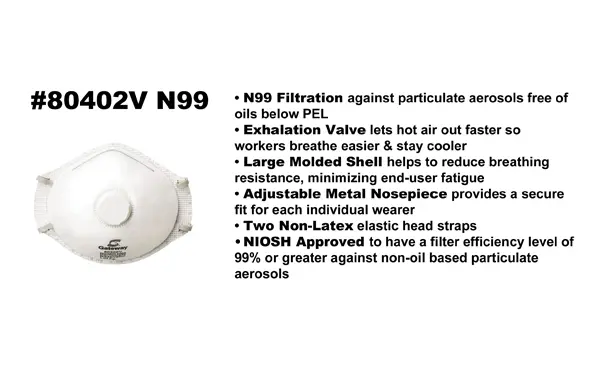
Letter rating is pretty simple once you learn it. N rated respirators are Not resistant to oil-based particulates. They are some of the most common respirators, because they can be used for a long time and protect adequately from particulates like coal smoke, airborne particulate from stone grinding, and so on.
R rated respirators are classified as Resistant to oil-based particulates. They are not perfect filters, but they do an adequate job for a short service life. You’ll rarely find R respirators, however, because of the inconvenience; they clog up over time and are only effective for around eight hours of use.
Finally, the P rated respirators are classified as oil-Proof. They are more effective at filtering out particulates that R rated respirators do not. Additionally, they last quite a bit longer; up to 40 hours of use or 30 days, whichever comes first. This makes them much more common in occupational and hazardous materials handling situations.
So what about the numbers? 95, 99, and 100 can be coupled with each type of letter, for nine total classifications.
In this case, it’s basically just a percentage. 95-rated masks can filter out 95% of particulate matter. For things like rough construction dust and debris, this is generally fine. Likewise, it’s good for short-term use, but longer-term use still leaves quite a bit of exposure to potentially dangerous particulate matter.
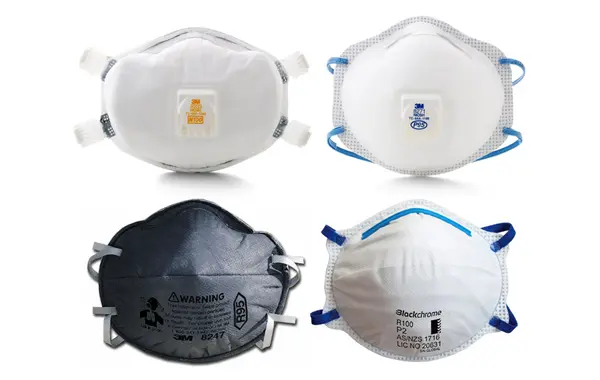
99-rated respirators can filter out 99% of particulate matter. You might think this is adequate for safety, and in many cases it is, but sometimes that 1% that slips through is still dangerous enough it can be harmful, particularly over long term exposure.
100-rated respirators filter 99.97% of particulate matter. Some tiny trace amounts may still slip through, but it’s not enough to be harmful without sustained exposure for long periods of time.
Thus, the “weakest” respirator that still receives a classification is N95, which filters 95% of non-oil particulates. The strongest is P100, which filters 99.97% of oil and non-oil particulate.
There are, of course, even more extreme forms of breathing protection available for cases where even a respirator won’t suffice. These are typically closed-air systems, breathing out of tanks of compressed air similar to scuba gear or even a space suit. When you’re operating in an environment so toxic that even a tiny amount of exposure can be deadly, it’s better to be safe than sorry.
Weaknesses in Classification
There are a few details to know about this classification system that makes it difficult to rely on entirely.
First of all, again, this only applies to certified respirators that have been tested and approved by NIOSH. NIOSH maintains a list of these respirators. For example, this page contains the complete list of NIOSH-certified N99 respirators. This page has the P100 respirators.
As you can see, there aren’t a ton of options on these lists. NIOSH testing takes a while and involves a whole barrage of different tests on the seal, the filter, and the quality of materials, so a lot of mask-makers simply don’t certify their products. Many products you purchase for casual use aren’t certified, and unless you have NIOSH/OSHA breathing down your neck, you aren’t going to care.
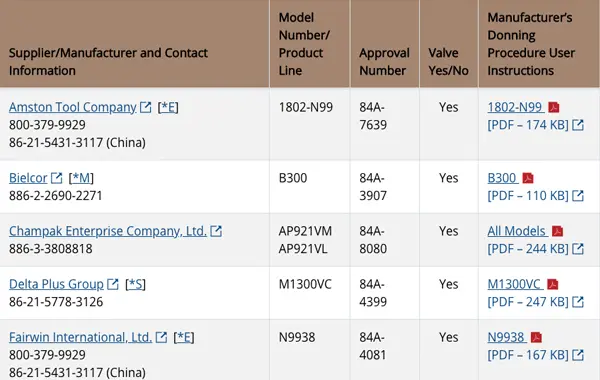
That leads us to the second point; respirators need to have a full-face seal. Masks that don’t have a full seal, like surgical masks, are not capable of being certified. They can have very high quality filtration, but because of the lack of seal, they cannot be certified and thus cannot be used in hazardous occupational conditions.
Depending on your needs for a mask, a respirator might not be necessary. For example, if you’re concerned about exposure to disease while flying on an airplane, a respirator isn’t really necessary. You’re likely going to be more concerned about the comfort of wearing a mask rather than the sheer scale of filtered particulate. Surgical masks and are popular, but they don’t protect you against airborne particles. These are designed to prevent splashes of body fluids and blood in work environments, but since the sides of the mask are not sealed against the wearer’s face, airborne particles can still make their way through. Similar products will protect you against airborne particles, which would offer quite a bit more protection than masks designed for the medical industry.
Third, the 99/95/100 classification system only applies to particulates down to 2.5 micrometers in size. While this sounds exceedingly small – and it is – it’s not actually as small as it’s possible for particulate to be.
In fact, one common problem with the California wildfires is that particulate in the smoke is often smaller than 2.5 micrometers, making even high-grade respirators potentially ineffective. This is an ongoing problem with no easy solution.
What Kind of Mask Should You Choose?
When it comes to making the choice for what mask or respirator you should choose, you need to consider several factors.
Are there applicable regulations that specify what you should be using? Always listen to any applicable rules or regulations.
For example, if you’re wearing a mask as part of your job, and your job is cutting stone for marble countertops, you definitely need to be wearing a solid particulate respirator. Even with water protection, dust from cutting stone slabs can get into the air, and it ends up everywhere. Breathing in that dust can lead to silicosis, which is potentially deadly.
Construction and materials production aren’t the only applications where a respirator is necessary. Any time you’re working with a hazardous chemical that can become airborne, an appropriate respirator is necessary.
The exact degree of protection necessary will vary depending on what you’re working with. For example, if you’re working with fiberglass, you’re going to want some level of protection, but you probably don’t need anything other than N. Fiberglass is not an oil-based particulate, so an N-rated respirator will work fine for the job. N95 is likely the best option, though OSHA might have something different to say about it. Always listen to the OSHA regulations whenever they’re available.
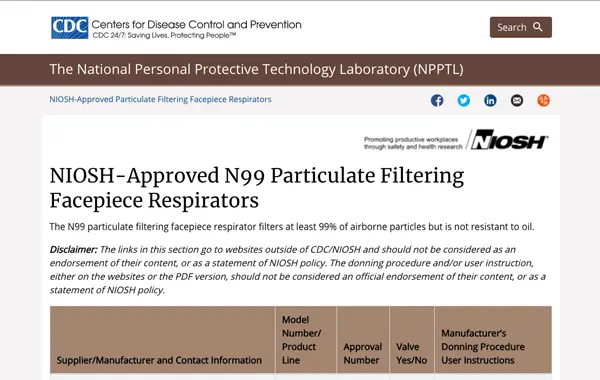
Remember that in situations where you’re working with dangerous particulate, it’s not a matter of exposure leading to a cough that lingers for a few days. It can lead to permanent and debilitating lung damage and even, in some cases, death. Don’t ignore your health simply because your bosses don’t want to have to pay for respirators.
What is the purpose of wearing a mask or respirator? Different purposes have different ideal masks or respirators to pick from.
As mentioned above, if you’re using breathing protection in an occupational situation, you want to listen to whatever guidelines OSHA puts forward.
For uses like, say, home handiwork, you may want a respirator, but in many cases a simple dust mask will work just as well. If you’re tearing down a wall and ripping out old insulation, a simple dust mask or a N95 respirator will be plenty. It’s a short-term project, it doesn’t kick up huge, lingering clouds of particulate, and it isn’t working with anything oil-based.
If you’re working with chemicals, appropriate containment may be more relevant than a mask. A fume hood and proper ventilation is often more valuable. That’s not to say you shouldn’t wear a mask or a respirator; simply that it might not need to be P100 if you have other protections in place.
If you’re simply looking to protect yourself from cold and dry winter air, or from airborne particules that accumulate on public transportation or on a plane, you probably don’t need a respirator at all. A mask will be adequate to protect you from most of what you encounter.
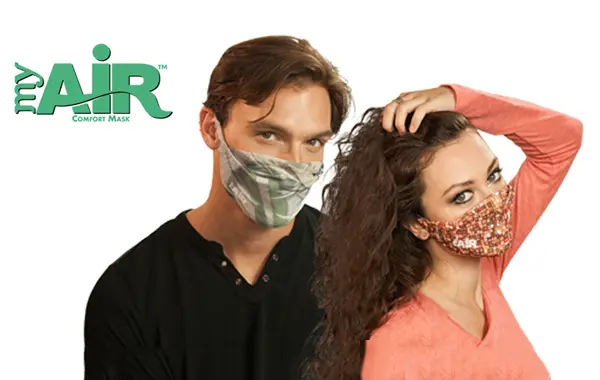
Are you more concerned about comfort or protection? Comfort can be a big concern in many situations. Because a respirator needs a full face seal, it’s going to be uncomfortable to wear for an extended period of time. The pressure on your face, the edges of the mask digging into skin, and even the adjustable fit of the mask are all going to be concerns.
If you’re wearing a respirator for a short-term construction project, for example, comfort might not be your primary concern. Safety in the workplace is ideal, and comfort should be secondary. Conversely, if you’re wearing a mask for a long plane ride or some outdoor winter sports, comfort is more important. You don’t care about filtering out snowflakes or mist, you just want to stay warm, hydrated, and healthy.
Try to choose a mask or respirator that is most appropriate for the uses you have for it. Going with something that is overkill might not be the best option, particularly if you’re concerned about comfort.



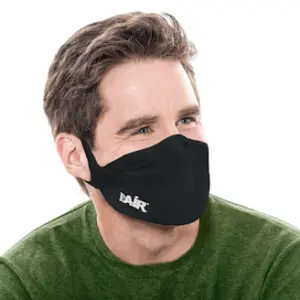
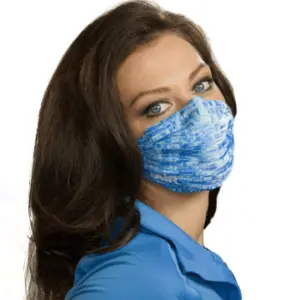

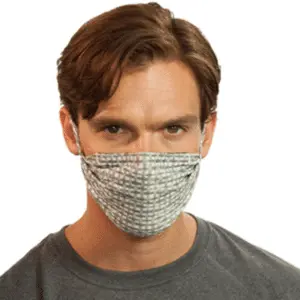

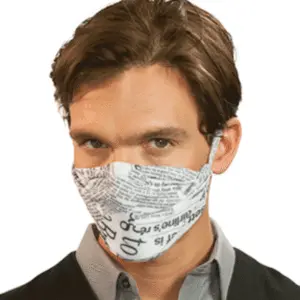




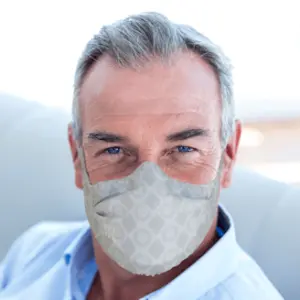



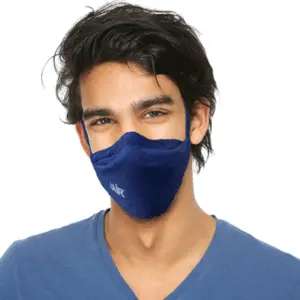


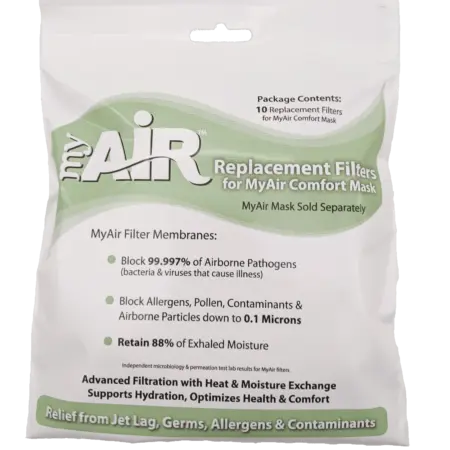
My husband had a stem cell transplant for leukemia. We desperately need to find the best masks possible to protect him from covid. Any suggestions ?
Hi Barb –
This is Wendell with Ellessco, and I’m sorry for the late reply. I had a bone marrow transplant for MDS in 2018 and wore the MyAir Mask throughout my recovery. I love how it fits and feels, and I love how protected I felt/feel every time I put it on. So, I’m very confident that the MyAir Mask was an important part of my recovery.
Decide for yourself, but be sure to compare other masks with our specifications here: https://ellessco.com/myair-mask/myair-technical-info
We wish your husband a speedy recovery from his transplant!
Best regards,
Wendell
Hello,
I was diagnosed with Leukemia and a very low immune system about 5 years ago. Until now, I have been using a Bioscarf, but I realize it is not tight fitting. Which mask would you recommend for me, and is it available at this time? How would I go about purchasing it?
Thank you for your help,
Carolyn
Hi Carolyn –
You can visit our website for specification and technical data here: https://ellessco.com/myair-mask. And see a video on how to fit the mask here: https://ellessco.com/myair-mask/myair-mask-instructions.
If you’re interested, you can add your name to our notification list and we’ll let you know when we are taking new orders again, here: https://ellessco.com/store.
Thank you!
Hi I’m looking to purchase a mask to wear when the neighbours burn bbqs – it comes in my house and I am asthmatic and it gives me severe chest infections. We are looking to move but in the meanwhile what mask would be suitable please.
Hi, I have mild asthma and use an inhaler on an infrequent basis. I have been and would like to continue cutting west coast cedar making bird feeders and planters. l have been told cedar has very fine dust particles. Today I purchased a N100 safety respirator and would like your opinion of choice and going forward a question, which major hardware store in Canada carries the replacement masks? Thank you.
Am looking for a good mask ,being in the high risk group
Would an N100 mask protect me from Epoxy Resin fumes?
It is recommended that you use a P100 respirator when working with resins, oils, or gases. N100 will not protect against fumes or gases, only airborne particles.